Unwritten rules of Victorian era dating
Welcome to the world of Victorian dating etiquette, where romance was as much about rules as it was about passion. This era, spanning from 1837 to 1901, was a time of strict social codes and elaborate rituals. Relationships were not merely personal matters but societal events, intricately choreographed to maintain decorum and uphold family honor. As we delve into this fascinating period, we’ll discover a world where love was both a delicate dance and a strategic game.
The Art of the Introduction: How Couples First Met

In the Victorian era, introductions were often orchestrated at social events like balls or dinner parties. A third party, usually a family member or mutual acquaintance, made the introduction, setting the stage for potential courtship. This formal process ensured that both parties were deemed socially suitable before any interaction took place. Such introductions were crucial, as they adhered to the era’s strict social hierarchy, ensuring that individuals of similar standing mingled together.
Courtship vs. Dating: Understanding the Difference
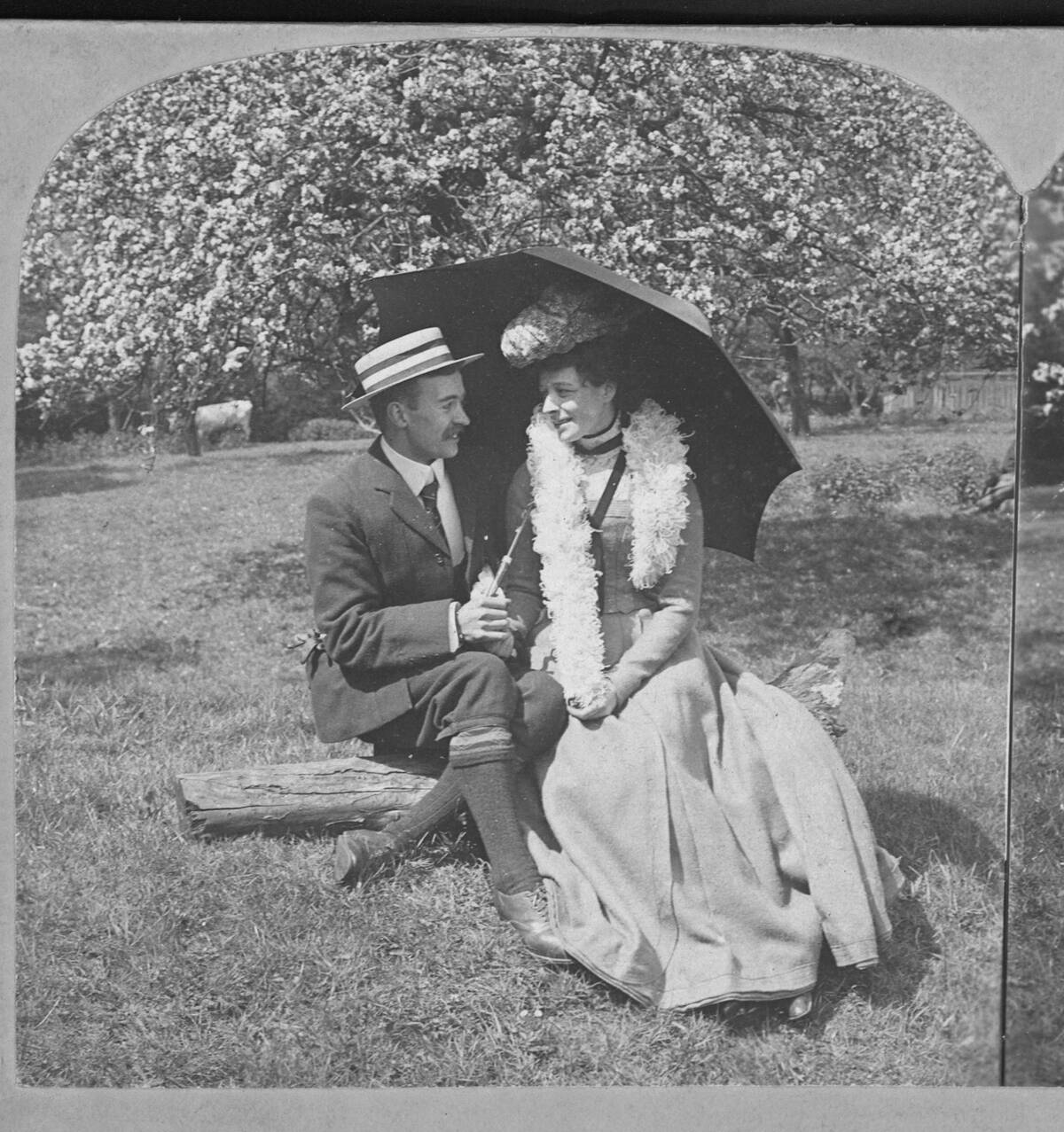
Courtship in the Victorian age was a formal affair, starkly different from today’s dating culture. The goal was often marriage, with courtship seen as the initial step towards a lifelong commitment. Unlike modern dating, which focuses on personal compatibility, Victorian courtship emphasized social standing and family expectations. This structured approach reflected the era’s emphasis on duty and decorum, where personal desires were often secondary to societal norms.
The Importance of Social Status in Choosing a Partner
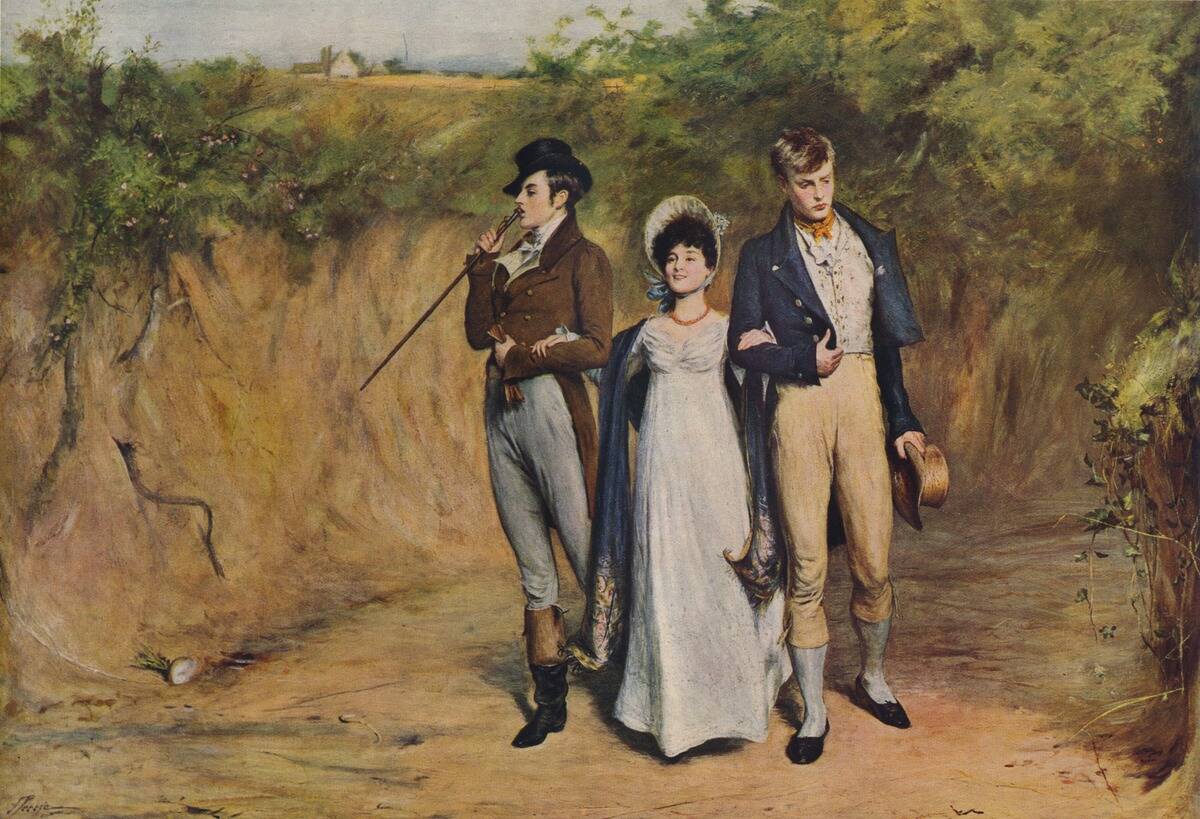
Social status played a pivotal role in Victorian matchmaking. Marriages were often arranged to consolidate wealth and power between families of similar social standing. A potential suitor’s education, family background, and financial stability were scrutinized to ensure a good match. This focus on status was not just about personal gain; it was also about preserving the family’s reputation and position within society. Love, while important, often took a backseat to these considerations.
Chaperones: The Ever-Present Guardians of Morality
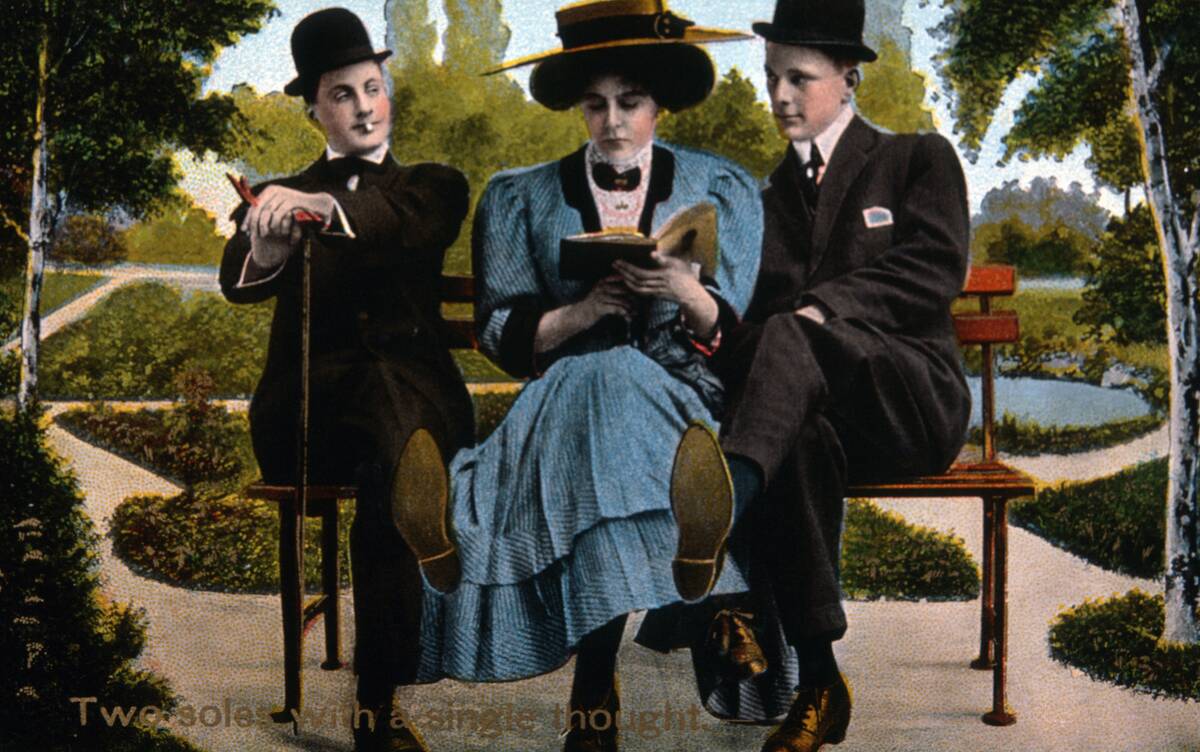
Chaperones were the unsung heroes—or perhaps villains—of Victorian romances, constantly overseeing interactions between young couples. These guardians ensured that propriety was maintained, preventing any scandalous behavior that could tarnish a family’s reputation. Typically older family members or trusted friends, chaperones accompanied couples in public and even in private meetings, ensuring that interactions remained within the bounds of decorum. Their presence was a constant reminder of the era’s moral expectations.
The Role of the Calling Card in Victorian Romance

The calling card was a vital tool in Victorian social circles, serving as both an introduction and a record of visits. When a gentleman wished to express interest in a lady, he would leave his calling card at her home. This gesture was a formal way of declaring his intentions, allowing the lady’s family to evaluate his suitability. If the family approved, they would reciprocate, paving the way for further interaction. These cards were a testament to the era’s emphasis on formality and social protocol.
The Language of Flowers: Sending Secret Messages
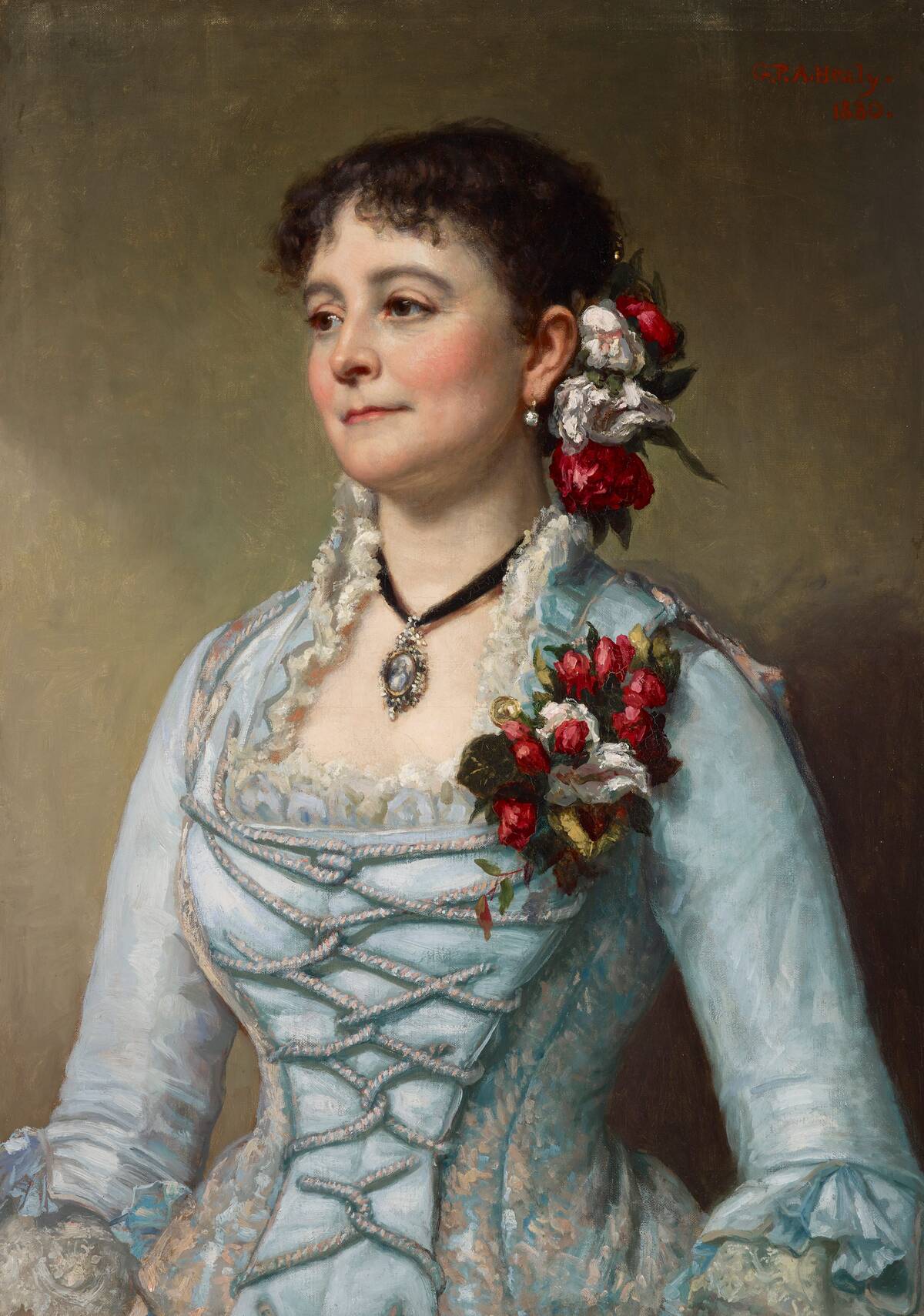
In an era where direct expressions of affection were frowned upon, the language of flowers became a popular means of communication. Each flower carried a specific meaning, allowing couples to convey emotions discreetly. For instance, red roses symbolized passionate love, while forget-me-nots represented true love and devotion. This floral code was not only romantic but also provided a creative outlet for expressing feelings that societal norms might otherwise stifle.
The Dance Card: Navigating Social Gatherings
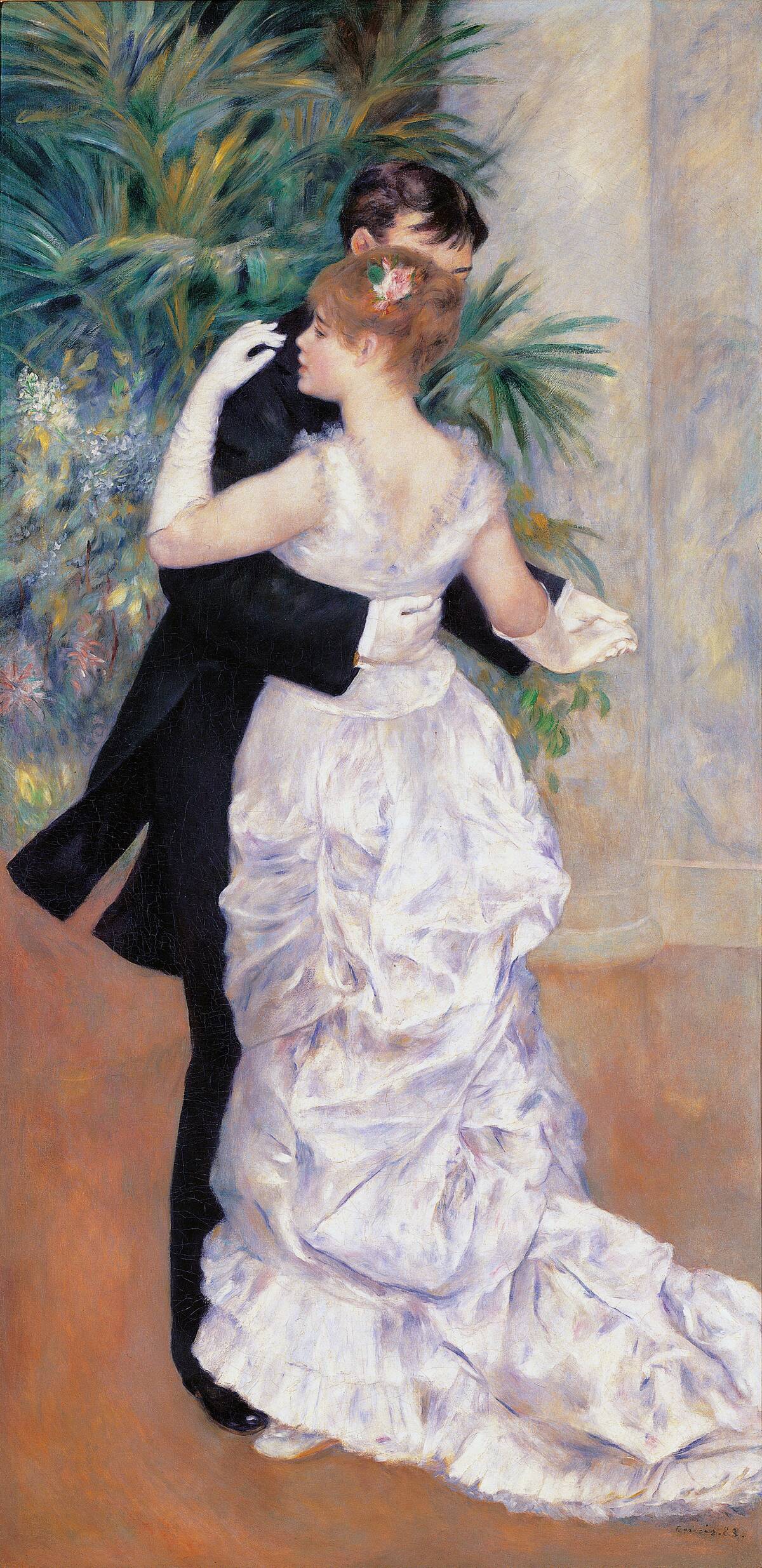
Dance cards were indispensable accessories at Victorian social gatherings, helping ladies keep track of their dance partners throughout the evening. Each lady carried a small card, often elegantly designed, where names of gentlemen were inscribed beside the dances they had reserved. This practice ensured that social interactions were orderly and that no gentleman monopolized a lady’s time. Dance cards reflected the structured nature of Victorian society, where even leisure activities adhered to strict etiquette.
The Do’s and Don’ts of Public Displays of Affection
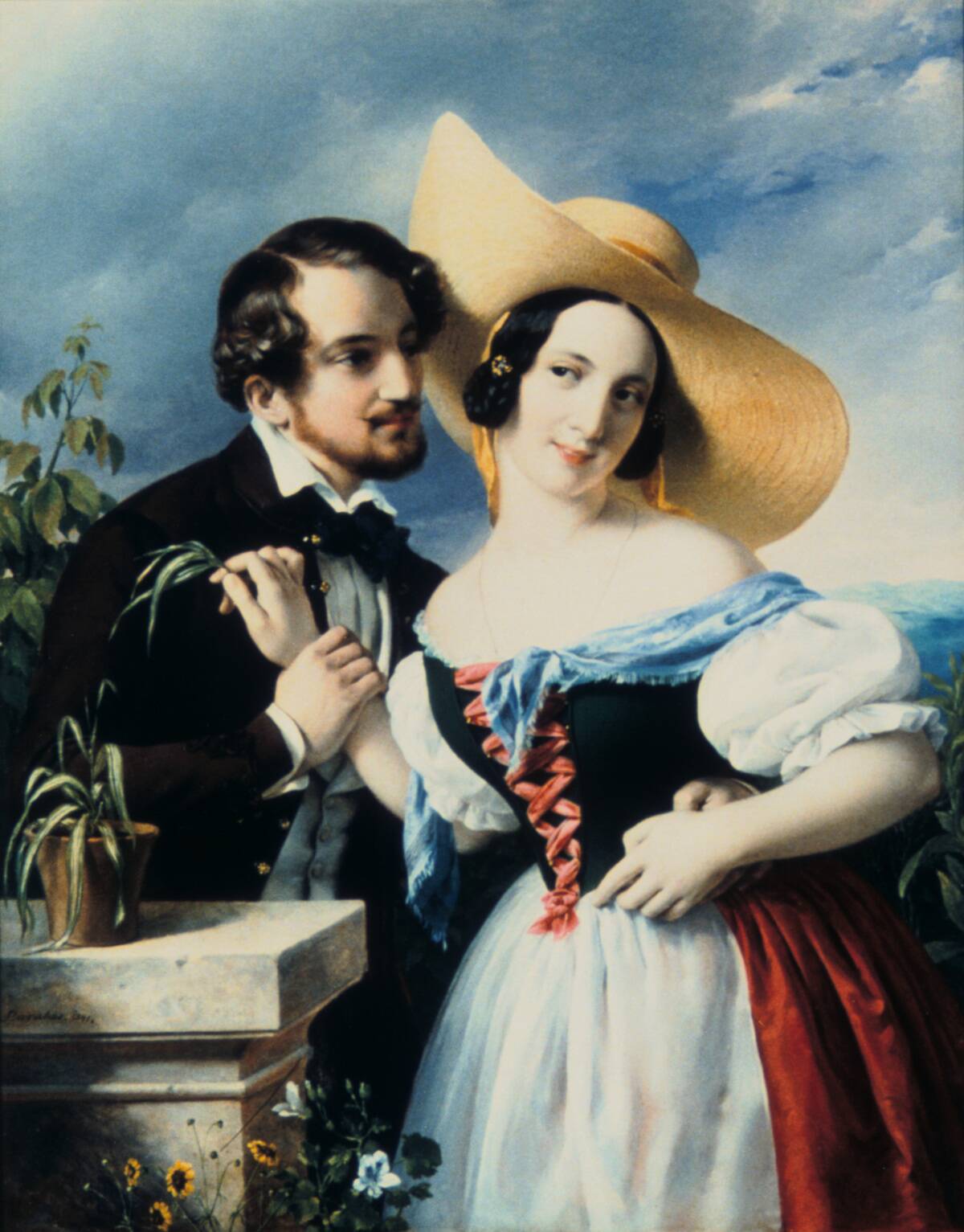
Public displays of affection were heavily regulated in Victorian society, with strict guidelines governing what was acceptable. Holding hands or a simple touch on the arm might be permissible in certain circumstances, but anything more was considered scandalous. Couples had to navigate these restrictions carefully, often relying on subtle gestures to convey their feelings. This restraint was indicative of the era’s broader emphasis on modesty and propriety in all aspects of life.
Whispered Words: The Subtlety of Conversation
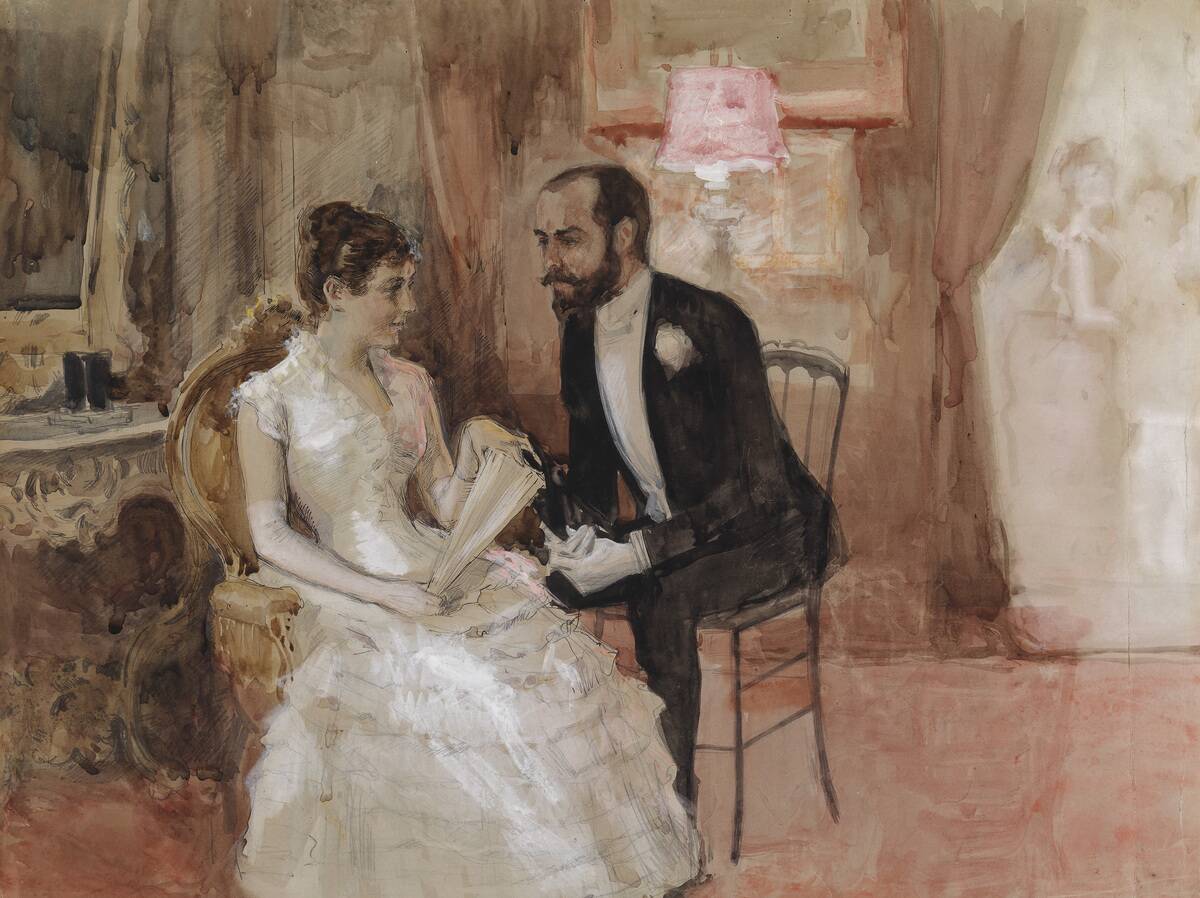
Conversation in the Victorian era was an art form, with subtlety and wit valued over bold declarations. Couples engaged in light banter, with every word carefully chosen to maintain decorum. Topics were often limited to safe subjects like literature, music, or the weather, avoiding anything too personal or controversial. This indirect communication style allowed individuals to express interest without overstepping societal boundaries, turning conversation into a delicate dance of words.
Gift Giving: Tokens of Affection and Their Meanings
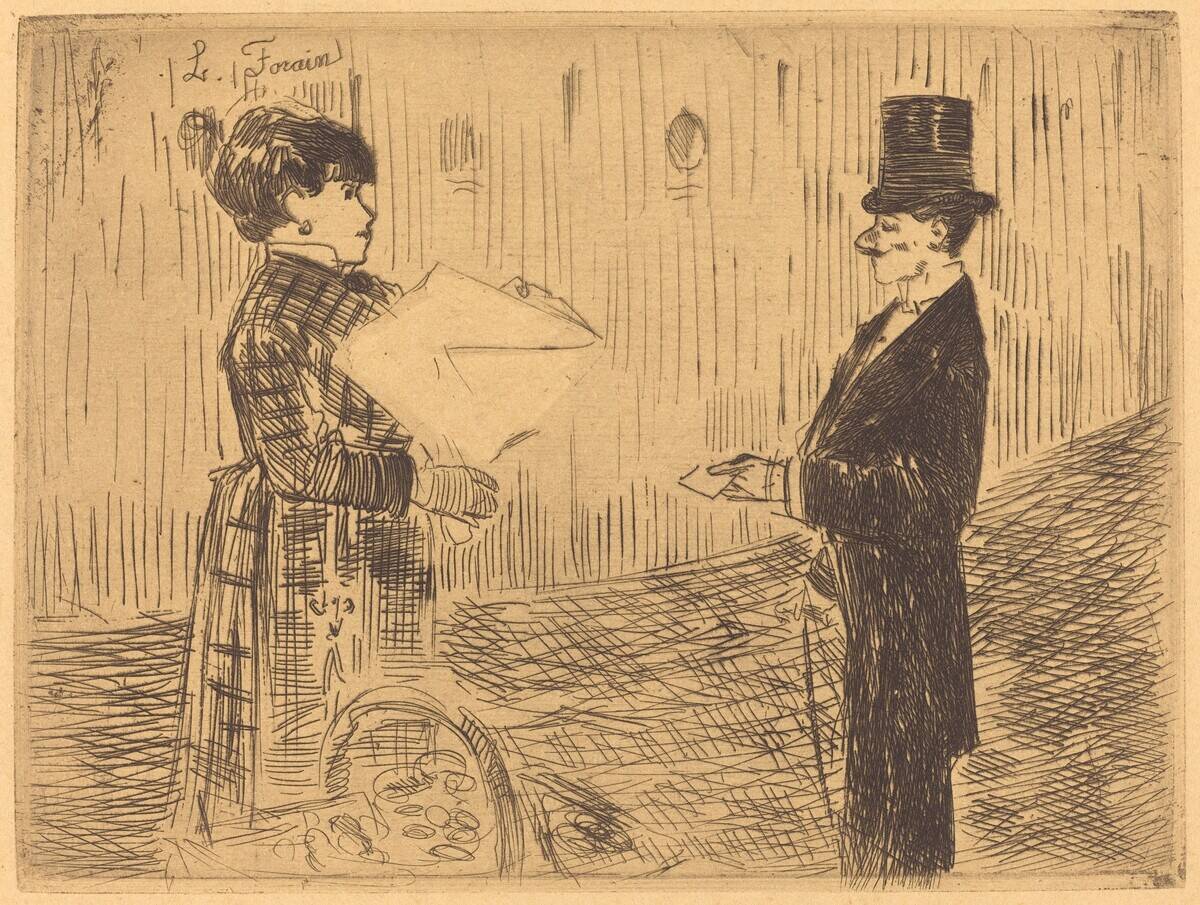
Gift giving in the Victorian era was laden with symbolism, with each token carrying a specific meaning. Jewelry, for example, was a popular choice, with items like lockets or brooches symbolizing affection and commitment. Books and poems were also exchanged, often chosen for their themes of love or devotion. Gifts were a way to express feelings within the constraints of social norms, allowing couples to convey affection without the need for overt displays.
The Power of the Glove: Handling Accessories with Care
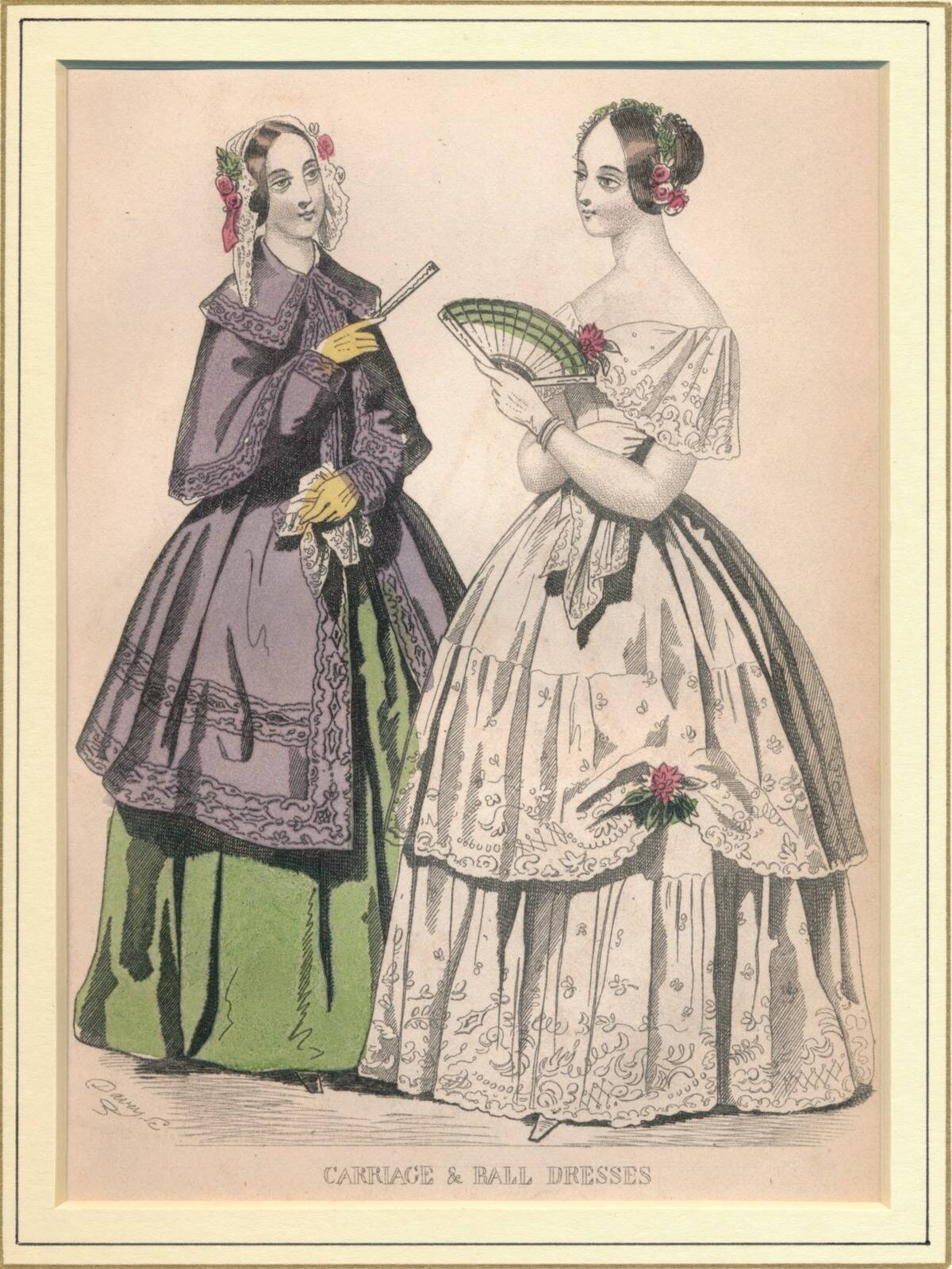
Gloves in the Victorian era were more than just fashion accessories; they were powerful symbols of status and propriety. A lady removing her glove to shake a gentleman’s hand was a significant gesture, indicating trust and familiarity. Gloves were also used in courtship, with a gentleman presenting a lady with a glove as a token of affection. This simple accessory played a crucial role in the complex social rituals of the time, where every action was imbued with meaning.
Secret Signals: The Fan Language of Victorian Ladies
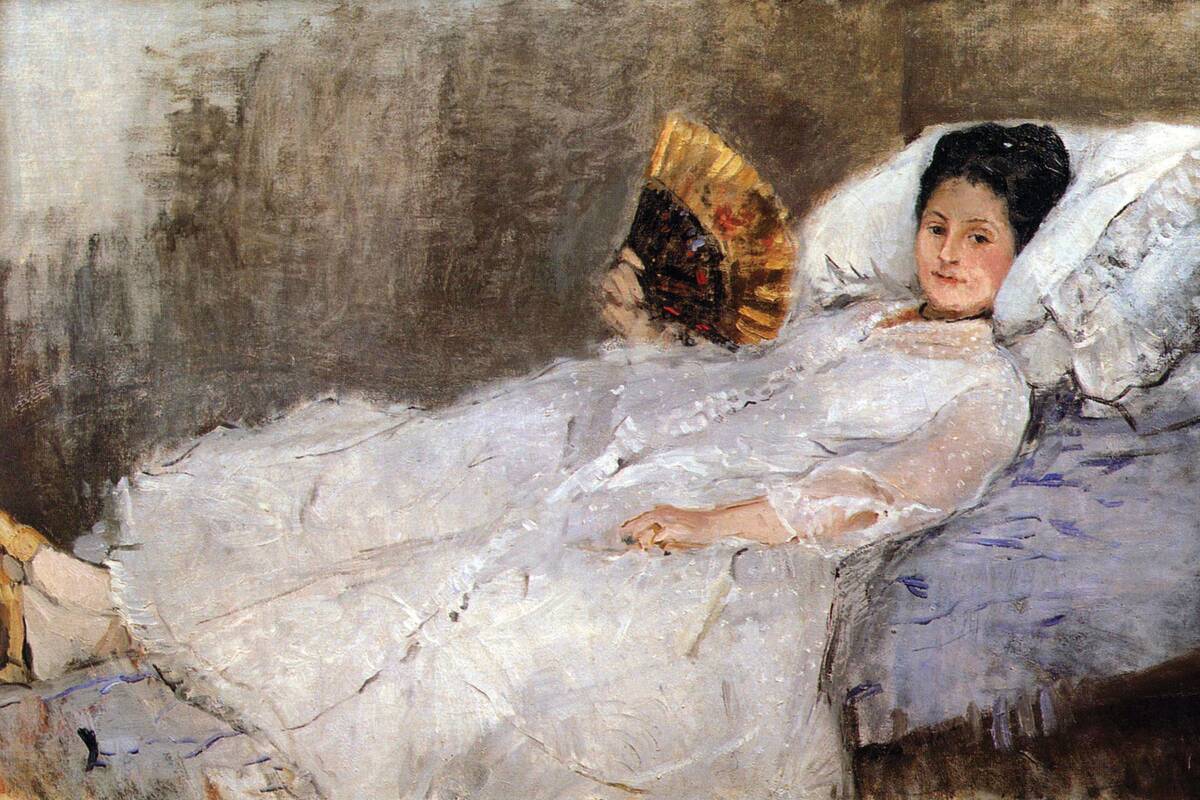
Fans were not just for cooling down in the Victorian era; they were tools of communication, with a complex language all their own. A lady could convey interest or disinterest through the way she held or moved her fan. For example, a fan held over the heart signaled a declaration of love, while a fan held open in the left hand indicated a desire for acquaintance. This silent language allowed women to express themselves subtly in a society where direct communication was often restricted.
Love Letters: Crafting the Perfect Epistle

Love letters were treasured tokens in the Victorian era, with couples exchanging heartfelt epistles as a way to express emotions privately. The art of writing a love letter involved careful thought and eloquence, with each word chosen to convey sincerity and depth of feeling. These letters often followed a formal structure, beginning with a respectful salutation and ending with a promise of enduring affection. In a time when personal interaction was limited, love letters provided a cherished means of connection.
The Proposal: Formalities and Family Approval
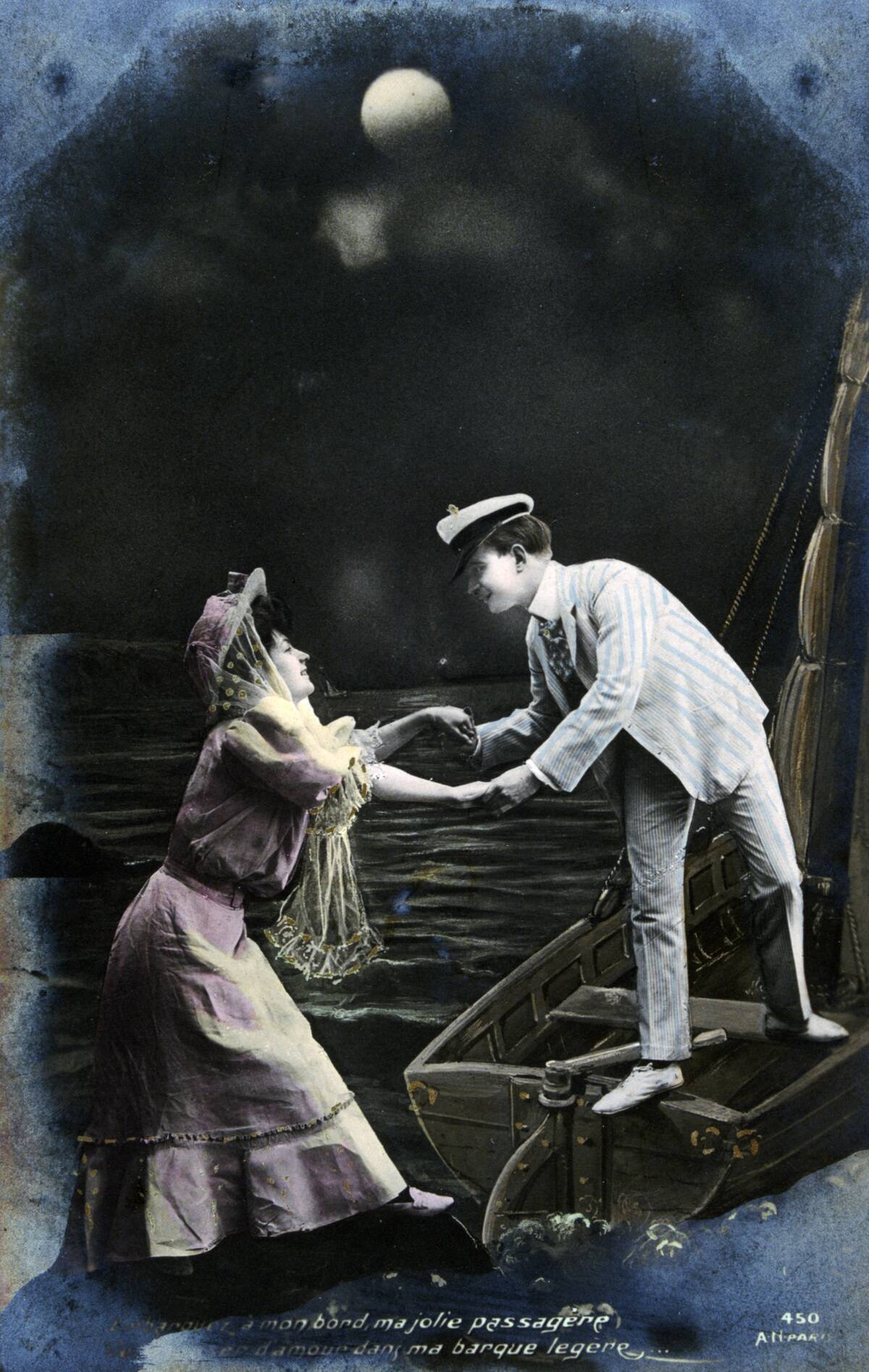
Proposals in the Victorian era were formal affairs, requiring not only the couple’s consent but also the approval of their families. A gentleman would first seek permission from the lady’s father before proposing, ensuring all parties were in agreement. This process reflected the era’s emphasis on family involvement in personal relationships. Once the proposal was accepted, the engagement was publicly announced, marking the beginning of a new chapter in the couple’s lives—a chapter that adhered to societal expectations.
The Role of Dowries: Financial Considerations in Marriage
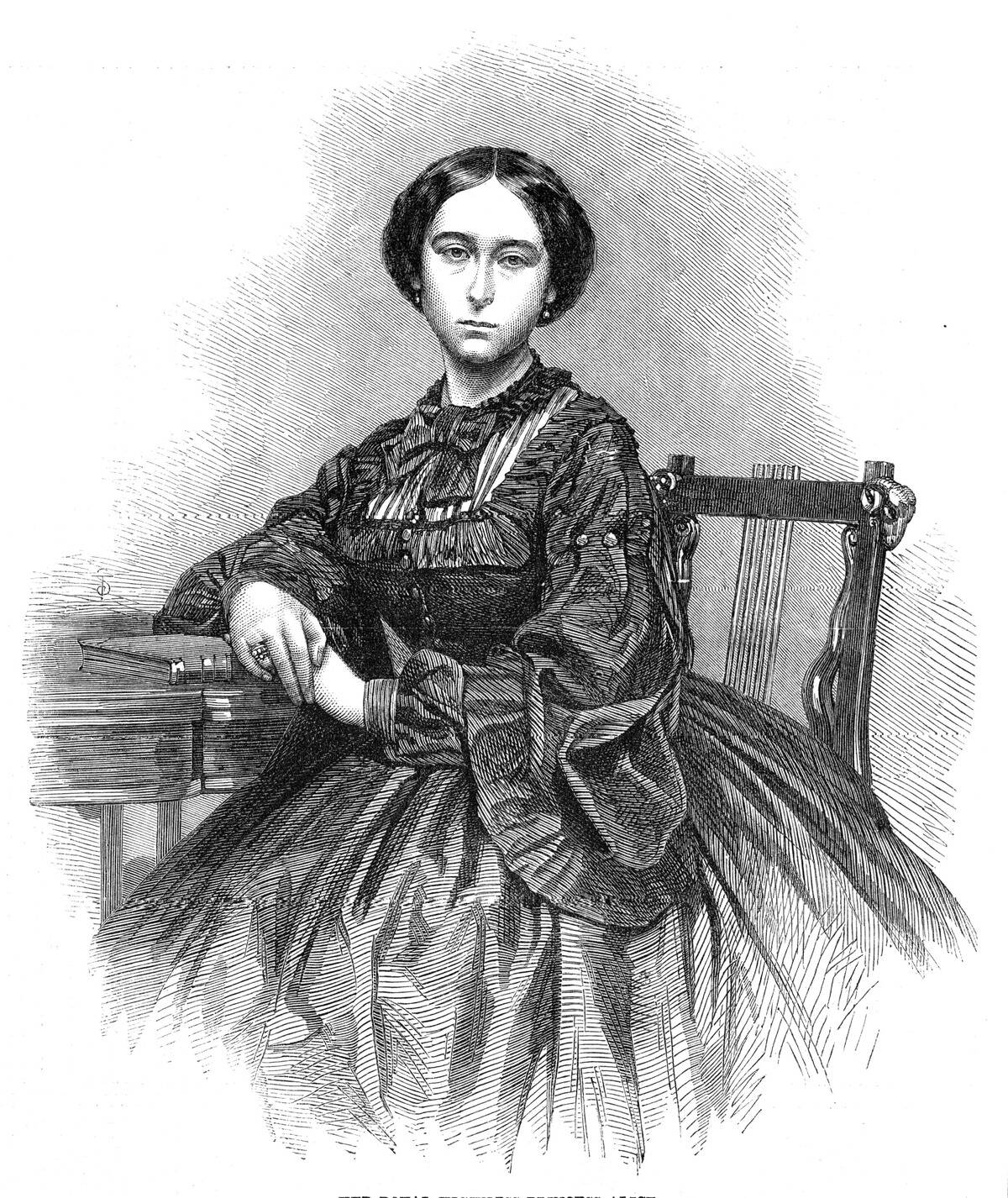
Dowries were a significant aspect of Victorian marriages, serving as a financial arrangement between families. A dowry often included money, property, or other assets, and was intended to support the couple as they began their life together. This practice underscored the economic considerations inherent in Victorian marriages, where financial stability was often prioritized over romantic love. The dowry system highlighted the transactional nature of many marriages during this period, reflecting broader societal values.
Navigating Social Scandals: The Cost of Breaking the Rules
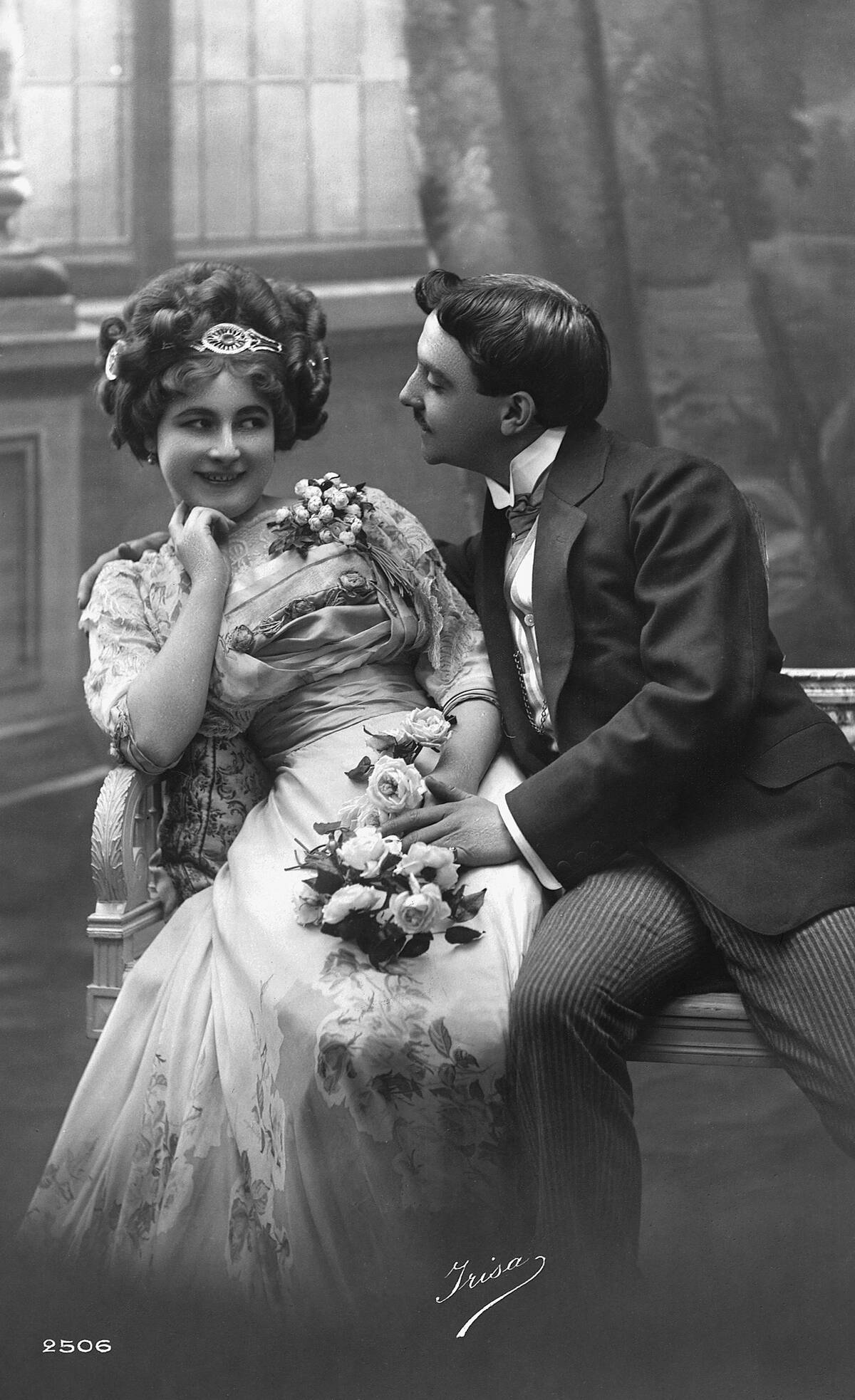
Breaking the rigid social rules of the Victorian era often came with severe consequences, leading to scandal and social ostracism. A couple caught in an indiscreet situation could find themselves at the center of gossip, damaging their reputations and prospects. Maintaining decorum was crucial, as any deviation from accepted norms could have lasting repercussions. This culture of scrutiny and judgment reinforced the importance of adhering to societal expectations, highlighting the delicate balance between personal desires and public perception.



